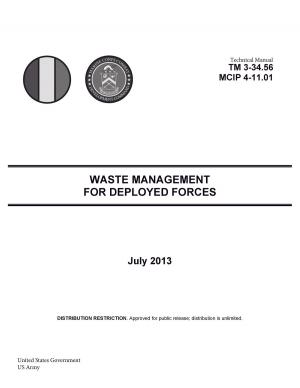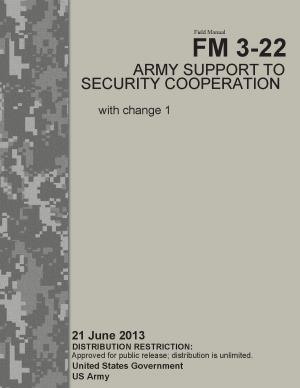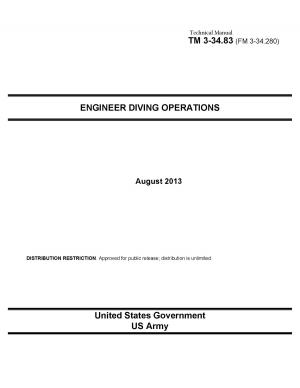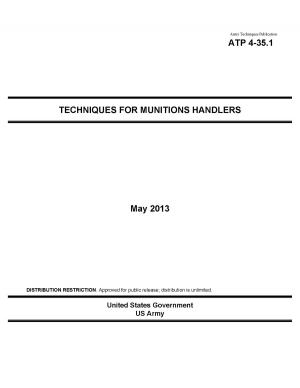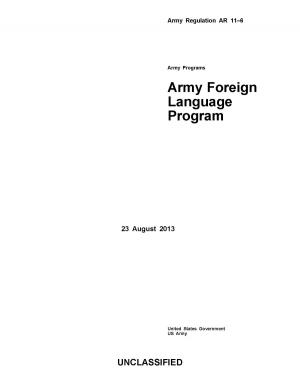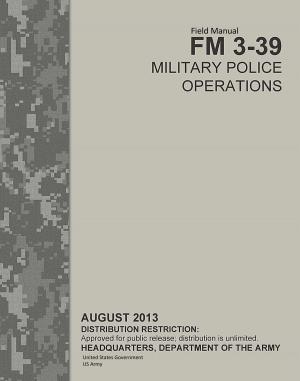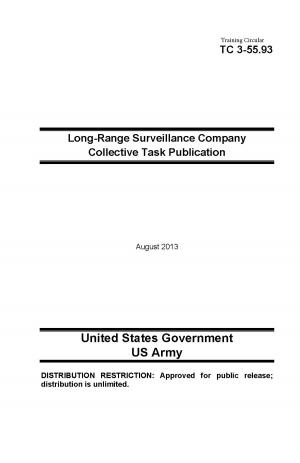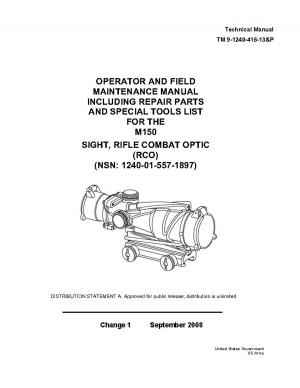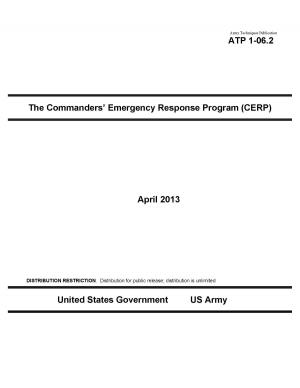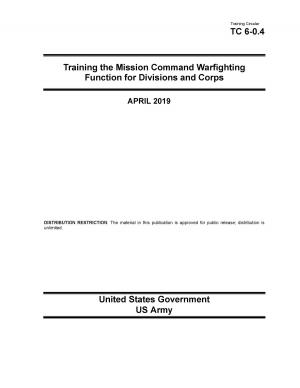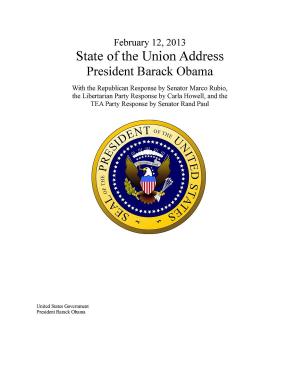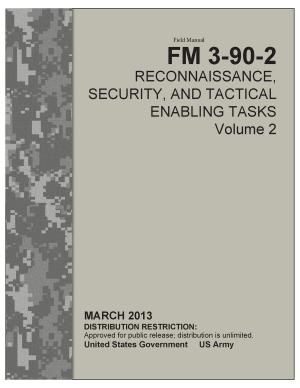A Ticking Time Bomb: Counterterrorism Lessons from the U.S. Government’s Failure to Prevent the Fort Hood Attack
Nonfiction, Reference & Language, Law, Military, Study Aids, Graduate & Professional, Armed Forces, Civil Service| Author: | United States Government US Senate | ISBN: | 1230000150757 |
| Publisher: | eBook Publishing Team | Publication: | July 13, 2013 |
| Imprint: | Language: | English |
| Author: | United States Government US Senate |
| ISBN: | 1230000150757 |
| Publisher: | eBook Publishing Team |
| Publication: | July 13, 2013 |
| Imprint: | |
| Language: | English |
On November 5, 2009, a lone attacker strode into the deployment center at Fort Hood, Texas. Moments later, 13 Department of Defense (DoD) employees were dead and another 32 were wounded in the worst terrorist attack on U.S. soil since September 11, 2001.
The U.S. Senate Committee on Homeland Security and Governmental Affairs launched an investigation of the events preceding the attack with two purposes: (I) to assess the information that the U.S. Government possessed prior to the attack and the actions that it took or failed to take in response to that information; and (2) to identify steps necessary to protect the United States against future acts of terrorism by homegrown violent Islamist extremists. This investigation flows from the Committee's four-year, bipartisan review of the threat of violent Islamist extremism to our homeland which has included numerous briefings, hearings, and consultations.
In our investigation of the Fort Hood attack, we have been cognizant of the record of success by DoD and the Federal Bureau of Investigation (FB I) in the ten years since 9/ 11. We recognize that detection and interdiction of lone wolf terrorists is one of the most difficult challenges facing our law enforcement and intelligence agencies. Every day, these agencies are presented with myriad leads that require the exercise of sound judgment to determine which to pursue and which to close out. Leaders must allocate their time, attention, and inherently limited resources on the highest priority cases. In addition, the individual accused of the Fort Hood attack, Army Major Nidal Malik Hasan, is a U.S. citizen. Even where there is evidence that a U.S. citizen may be radicalizing, the Constitution appropriately limits the actions that government can take.
In presenting our findings and recommendations here in this report, we are grateful for the service given by our nation’s military, law enforcement, and intelligence personnel. Our aim in this investigation was not to single out individual negligent judgment; such instances are for the agencies to deal with, as appropriate. Nor do we seek to second-guess reasonable judgments. Instead, we act under our Constitutional duty to oversee the Executive Branch's performance and thus to determine - independently from the Executive Branch's own assessment - what, if any, systemic issues are exposed by the Hasan case. The specific facts uncovered by the Committee's investigation necessarily led us to focus our key findings and recommendations on DoD and the FBI. But the Hasan case also evidences the need for a more comprehensive and coordinated approach to counterradicalization and homegrown terrorism across all agencies, including federal, state, and local entities, which are critical to keeping our country safe.
Our basic conclusion, detailed in this report, is as follows: Although neither DoD nor the FBI had specific information concerning the time, place, or nature of the attack, they collectively had sufficient information to have detected Hasan's radicalization to violent Islamist extremism but failed both to understand and to act on it. Our investigation found specific and systemic failures in the government's handling of the Hasan case and raises additional concerns about what may be broader systemic issues. These findings are provided in this report.
On November 5, 2009, a lone attacker strode into the deployment center at Fort Hood, Texas. Moments later, 13 Department of Defense (DoD) employees were dead and another 32 were wounded in the worst terrorist attack on U.S. soil since September 11, 2001.
The U.S. Senate Committee on Homeland Security and Governmental Affairs launched an investigation of the events preceding the attack with two purposes: (I) to assess the information that the U.S. Government possessed prior to the attack and the actions that it took or failed to take in response to that information; and (2) to identify steps necessary to protect the United States against future acts of terrorism by homegrown violent Islamist extremists. This investigation flows from the Committee's four-year, bipartisan review of the threat of violent Islamist extremism to our homeland which has included numerous briefings, hearings, and consultations.
In our investigation of the Fort Hood attack, we have been cognizant of the record of success by DoD and the Federal Bureau of Investigation (FB I) in the ten years since 9/ 11. We recognize that detection and interdiction of lone wolf terrorists is one of the most difficult challenges facing our law enforcement and intelligence agencies. Every day, these agencies are presented with myriad leads that require the exercise of sound judgment to determine which to pursue and which to close out. Leaders must allocate their time, attention, and inherently limited resources on the highest priority cases. In addition, the individual accused of the Fort Hood attack, Army Major Nidal Malik Hasan, is a U.S. citizen. Even where there is evidence that a U.S. citizen may be radicalizing, the Constitution appropriately limits the actions that government can take.
In presenting our findings and recommendations here in this report, we are grateful for the service given by our nation’s military, law enforcement, and intelligence personnel. Our aim in this investigation was not to single out individual negligent judgment; such instances are for the agencies to deal with, as appropriate. Nor do we seek to second-guess reasonable judgments. Instead, we act under our Constitutional duty to oversee the Executive Branch's performance and thus to determine - independently from the Executive Branch's own assessment - what, if any, systemic issues are exposed by the Hasan case. The specific facts uncovered by the Committee's investigation necessarily led us to focus our key findings and recommendations on DoD and the FBI. But the Hasan case also evidences the need for a more comprehensive and coordinated approach to counterradicalization and homegrown terrorism across all agencies, including federal, state, and local entities, which are critical to keeping our country safe.
Our basic conclusion, detailed in this report, is as follows: Although neither DoD nor the FBI had specific information concerning the time, place, or nature of the attack, they collectively had sufficient information to have detected Hasan's radicalization to violent Islamist extremism but failed both to understand and to act on it. Our investigation found specific and systemic failures in the government's handling of the Hasan case and raises additional concerns about what may be broader systemic issues. These findings are provided in this report.


